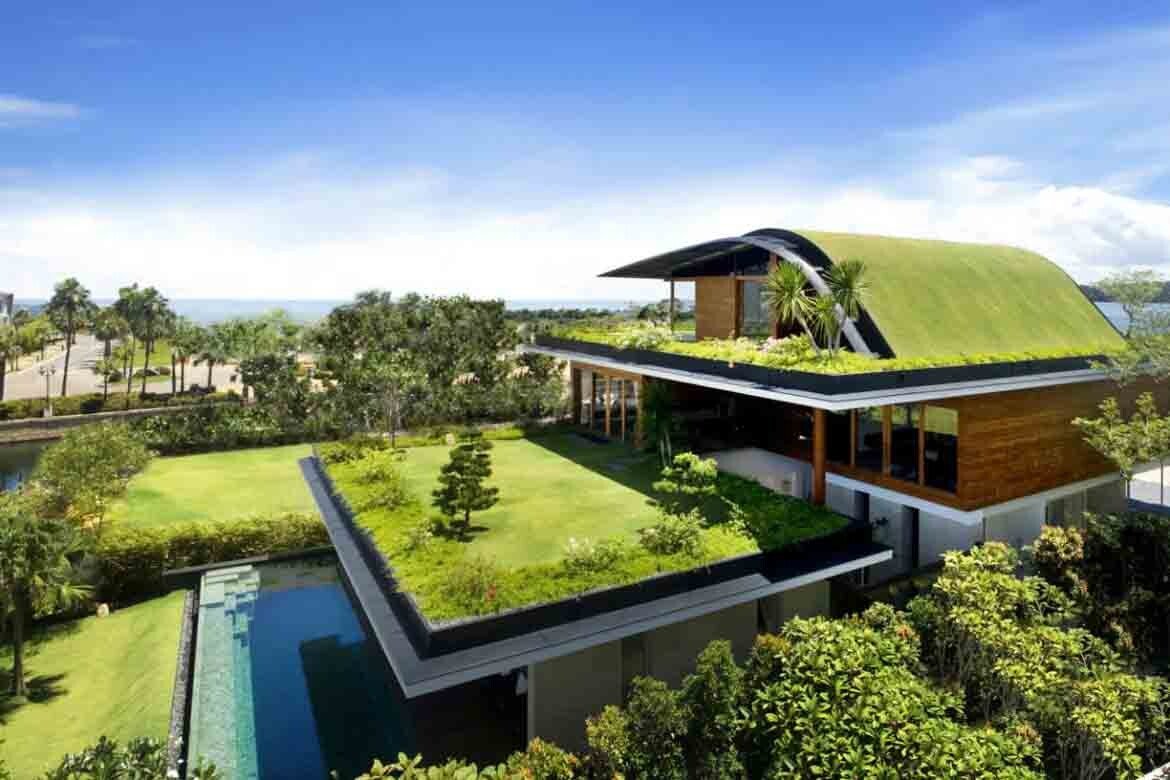Introduction: Elevating Spaces with Expertise and Innovation
In the realm of interior design, the convergence of creativity, functionality, and aesthetic appeal intertwines to redefine the essence of living spaces. From the careful selection of colors and textures to the strategic placement of furniture and decor elements, interior design orchestrates a symphony of visual harmony and practicality. As experts in the field, we delve deep into the intricacies of interior design, exploring its transformative power and the pivotal role it plays in shaping our environments.
Key Takeaways
| Takeaway | Description |
|---|---|
| Interior design harmonizes artistry with functionality, creating aesthetically pleasing and purposeful spaces. | Interior design integrates creative expression with practical considerations to enhance the ambiance and usability of interior environments. |
| Fundamental principles such as balance, unity, and emphasis guide the composition of spaces, ensuring visual harmony and coherence. | By adhering to foundational design principles, interior designers orchestrate spaces that evoke a sense of balance, unity, and visual interest. |
| Eco-friendly design and smart home integration are prominent trends, reflecting a growing emphasis on sustainability and technological innovation. | Contemporary interior design embraces sustainability and technology to create environments that align with eco-consciousness and modern lifestyles. |
| Wellness design and biophilic design prioritize human well-being, fostering health, happiness, and connection with nature. | Interior spaces designed with wellness and biophilia in mind promote physical, emotional, and psychological well-being, enhancing overall quality of life. |
Understanding Interior Design
Defining Interior Design: Where Art Meets Functionality
Interior design encompasses the art and science of enhancing the interior of a space to achieve a healthier and more aesthetically pleasing environment for the people using it. It integrates elements of architecture, environmental psychology, and decorative arts to create cohesive and purposeful interiors. Whether it’s a residential abode, commercial establishment, or public space, interior design strives to optimize functionality while reflecting the unique personality and preferences of its occupants.
The Evolution of Interior Design: From Ancient Times to Modern Trends
Throughout history, interior design has evolved in response to cultural, social, and technological advancements. From the grandeur of ancient civilizations to the minimalist sensibilities of contemporary design, each era has left its mark on the way we conceptualize and execute interior spaces. Today, interior design is characterized by a fusion of styles, where traditional craftsmanship intersects with cutting-edge innovation to yield diverse and eclectic environments.
The Artistry of Interior Design
Principles of Interior Design: Creating Harmony and Balance
At the heart of interior design lie fundamental principles that guide the arrangement and composition of spaces. These principles include:
- Balance: Achieving equilibrium through the distribution of visual weight.
- Unity: Establishing cohesion and coherence across various design elements.
- Proportion: Maintaining harmony in scale and proportion to ensure visual appeal.
- Rhythm: Creating a sense of movement and flow through repetition and variation.
- Emphasis: Highlighting focal points to draw attention and create interest.
By adhering to these principles, interior designers can orchestrate spaces that resonate with both functionality and beauty.
Elements of Interior Design: Crafting Multifaceted Experiences
Interior design encompasses a myriad of elements, each contributing to the overall ambiance and functionality of a space. These elements include:
| Element | Description |
|---|---|
| Color | Harnessing the psychological impact of color to evoke emotions and set the mood. |
| Lighting | Utilizing natural and artificial lighting to enhance visibility, ambiance, and spatial perception. |
| Texture | Introducing tactile sensations through materials and finishes to add depth and richness. |
| Furniture | Selecting and arranging furniture pieces to optimize comfort, usability, and visual appeal. |
| Accessories | Curating decorative accents and accessories to imbue spaces with personality and character. |
| Space Planning | Strategically organizing layouts to maximize functionality, circulation, and efficiency. |
Trends and Innovations in Interior Design
Eco-Friendly Design: Embracing Sustainability and Conscious Living
In an era marked by environmental consciousness, eco-friendly design has emerged as a prominent trend in interior design. From sustainable materials and energy-efficient technologies to biophilic design principles that reconnect interiors with nature, eco-consciousness permeates every aspect of contemporary design.
Smart Home Integration: Harmonizing Technology and Lifestyle
The advent of smart home technology has revolutionized the way we interact with our living spaces. From automated lighting and climate control systems to integrated entertainment and security solutions, smart home integration seamlessly blends technology with lifestyle, offering unprecedented convenience, comfort, and efficiency.
The Role of Interior Design in Enhancing Well-being
Wellness Design: Fostering Health and Happiness
In recognition of the profound impact of interior environments on human well-being, wellness design prioritizes health, comfort, and holistic living. By incorporating elements such as natural light, indoor plants, ergonomic furniture, and toxin-free materials, wellness-oriented interiors promote physical, emotional, and psychological well-being.
Biophilic Design: Nurturing Connection with Nature
Biophilic design harnesses the innate human affinity for nature to create spaces that inspire, rejuvenate, and restore. By integrating natural elements such as greenery, water features, and organic materials, biophilic interiors foster a deeper connection with the natural world, reducing stress, enhancing creativity, and improving overall quality of life.
Conclusion: Transforming Spaces, Enriching Lives
In the tapestry of interior design, every space becomes a canvas for creativity, innovation, and self-expression. From the timeless elegance of classical design to the avant-garde experimentation of contemporary aesthetics, interior design continues to evolve, pushing boundaries and redefining possibilities. As stewards of design excellence, we embrace the transformative power of interior design to enrich lives, elevate experiences, and create environments that resonate with beauty, functionality, and meaning.

